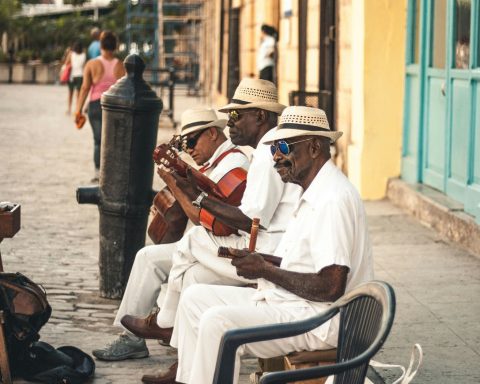|
Getting your Trinity Audio player ready...
|
In 1492 AD, Christopher Columbus famously sailed across the Atlantic and landed in the Americas. He and his men were the first Europeans to wash up in the Bahamas, Hispaniola (Dominican Republic and Haiti) and eastern Cuba. On his return to Spain, the controversial explorer reported that the Caribbean was a land of gold laden islands. His brother, Bartholomew, later returned to the Americas and identified Hispaniola’s land and indigenous people as potentially profitable for the Spanish crown. Bartholomew estimated about 1.1 million people lived on Hispaniola, but modern scholars have generally used the range of 250,000 to a million people. However, the actual Caribbean aboriginal population is now known based on a new Caribbean DNA study published in the journal Nature, which fuses decades of archaeological work with cutting edge genetic technology. This breakthrough study shows that the local population before the arrival of the Spanish was much lower and far less heterogenous than thought.
Archaeologists and anthropologists know that the Caribbean was one of the last parts of the Americas settled by humans, but a new study of DNA has revealed when, how, and where the original Caribbean inhabitants came from.
Professor David Reich of the Harvard Medical School led a team of researchers who analyzed “the genomes of 263 individuals,” representing the largest ever study of ancient human DNA in the Americas. The Caribbean DNA study concluded that the Caribbean had been settled by two major migratory waves of highly mobile people, separated by thousands of years. However, according to an article by the Florida Museum of Natural History , on their way to this conclusion, the researchers developed a new genetic technique for estimating the island’s past population size, prior to the first Spanish landings.
A new paper studying ancient DNA from the Caribbean, posted this week on bioRxiv, explains that the Caribbean has one of the most culturally diverse mixes of human beings on the planet, but it was one of the last places in the Americas to be occupied by people between 8000 and 5000 years ago. Where these early migrants came from has always been a mystery until this study of ancient DNA probed into the deep history of the Caribbean and the story discovered by the researchers is one of “migration and cultural mingling” revealing how descendants of the first inhabitants interacted with new waves of migrants who arrived about 2800 years ago.









